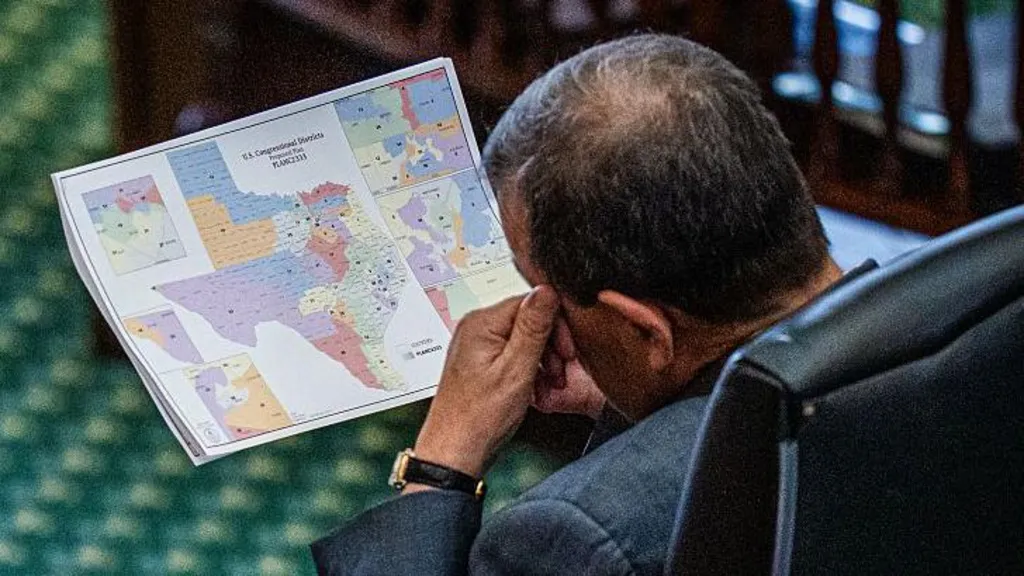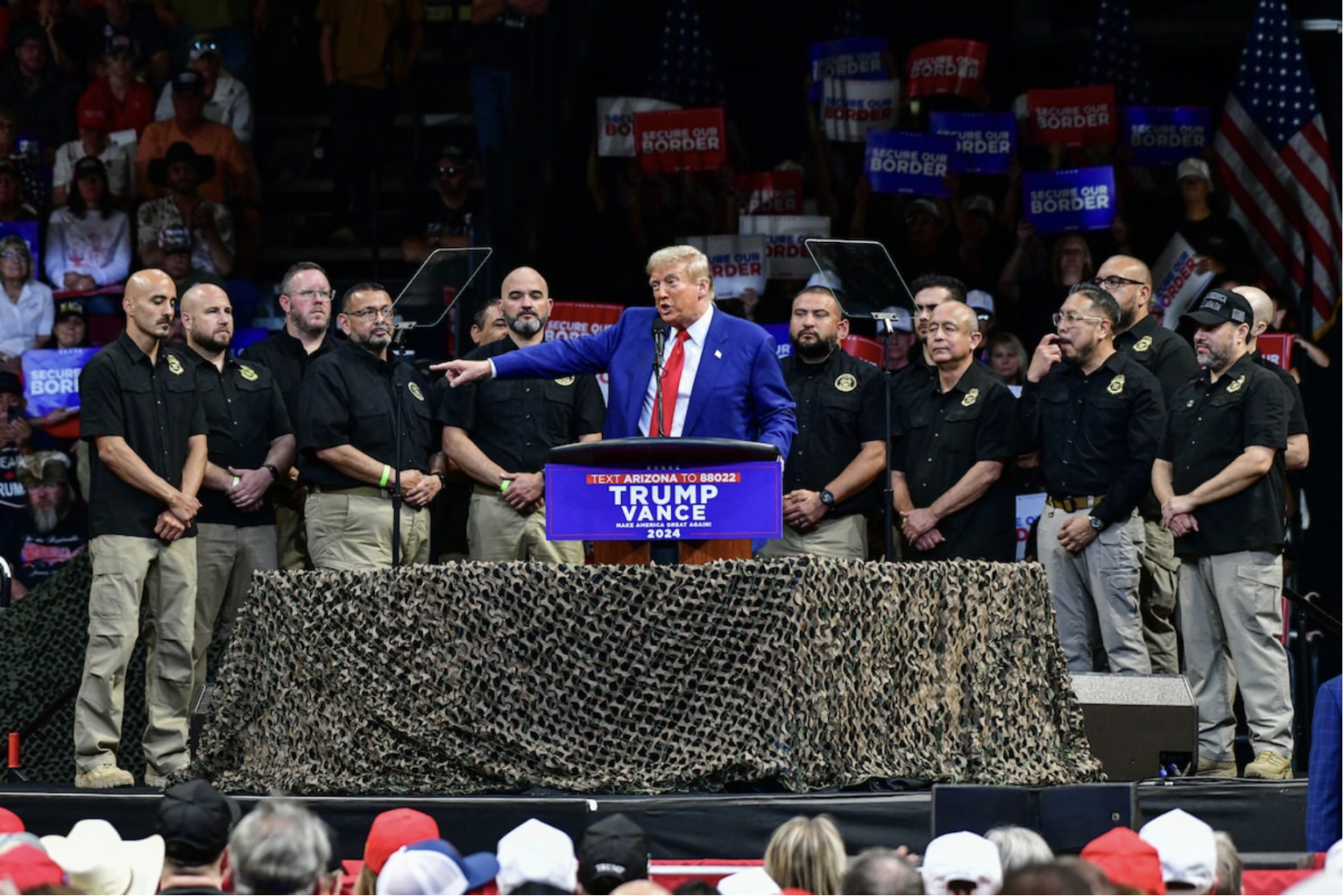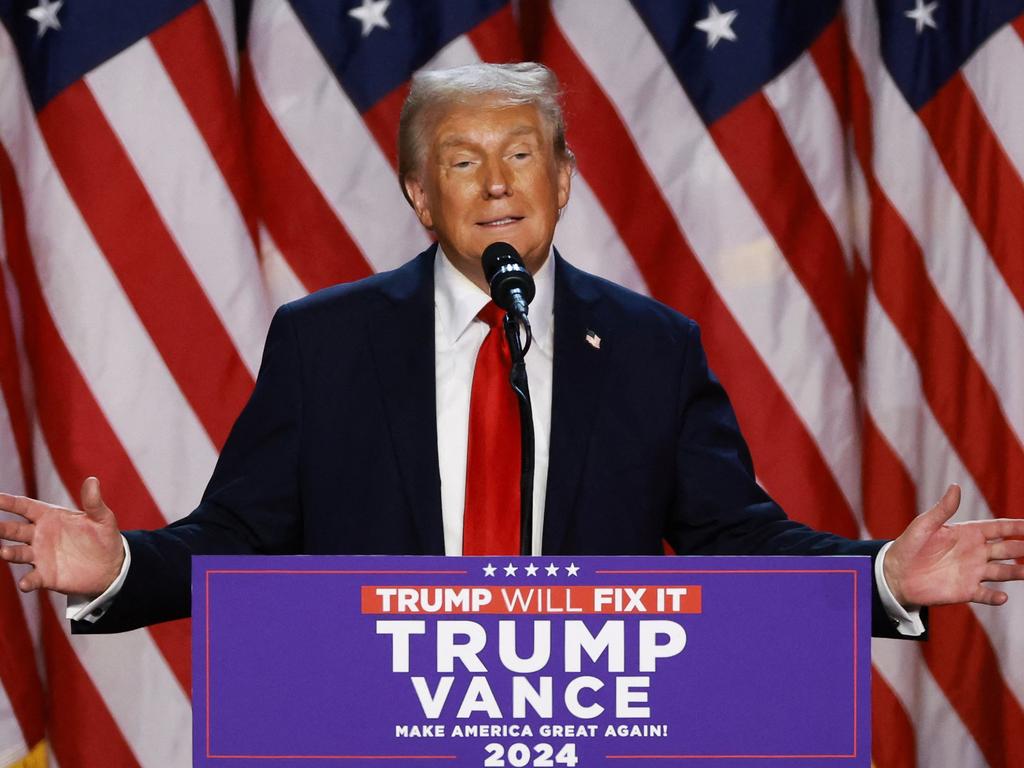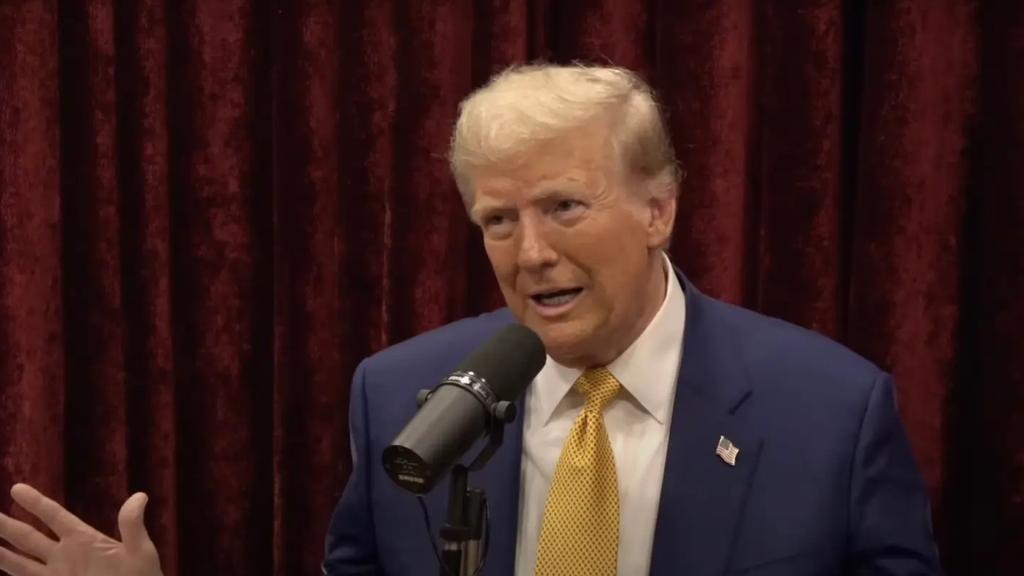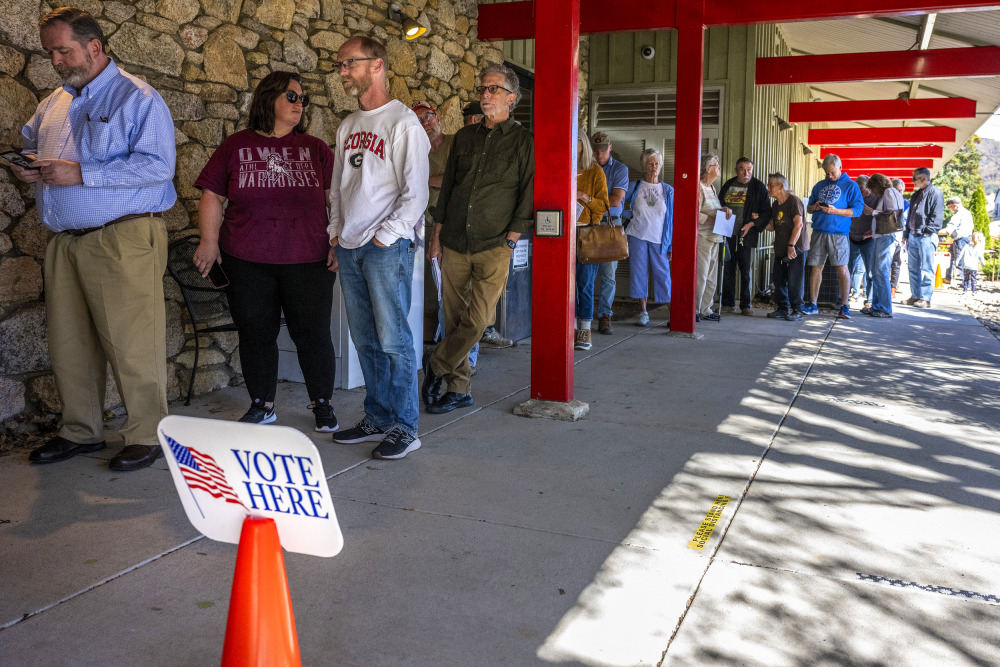
This article is more than
9 year oldThis Probably Won’t Be The Craziest Republican National Convention In History
You can find speculation about what unusual things might occur during the upcoming Republican National Convention in Cleveland all over the internet. But a little convention craziness might be more common than you think.
The Republican Party’s first presidential nominating convention was held in Philadelphia on June 17, 1856. The event brought together a diverse group of people with a united focus on preventing the spread of slavery into the nation’s Western territories.
Since then, the party has grown and changed ― and quite a few interesting moments have come from the conventions. Here are some of them.
1864 (Baltimore): The aim of that year’s event was to preserve the union, so they called it the National Union party convention in hopes of encouraging Democrats, especially those who supported President Abraham Lincoln’s war plans, to participate.
1876 (Cincinnati): Abolitionist Frederick Douglass gave the featured speech at the convention, in which he addressed the struggles of freed slaves: “You say you have emancipated us. You have; and I thank you for it. You say you have enfranchised us. You have; and I thank you for it. But what is your emancipation? What is your enfranchisement? What does it all amount to, if the black man, after having been made free by the letter of your law, is unable to exercise that freedom, and, after having been freed from the slaveholder’s lash, he is to be subject to the slaveholder’s shot-gun?”
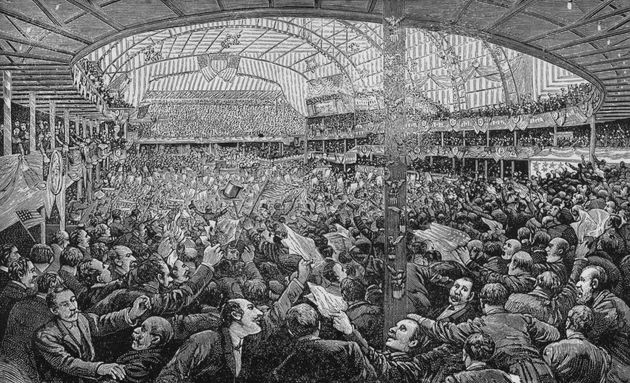
KEAN COLLECTION/ARCHIVE PHOTOS VIA GETTY IMAGES
1888 (Chicago): Douglass received one vote, making him the first African-American to win a vote to be the presidential nominee of a major party.
1912 (Chicago): President William Taft was ultimately chosen as the nominee, but former President Theodore Roosevelt was gunning for another chance at the White House. The establishment supported Taft, but Roosevelt and his supporters showed up at the convention in hopes of taking the nomination. When Roosevelt realized he wouldn’t succeed, he and his supporters left without voting. The new Progressive “Bull Moose” Party nominated Roosevelt later that summer.
1916 (Chicago): The Republican and Progressive parties met concurrently in the Windy City in an attempt to come to a consensus on a candidate and platform. However, the Progressives were intent on nominating Roosevelt again, and the Republicans were set against his nomination. In the end, the parties selected separate candidates, but Roosevelt later withdrew from the presidential contest after meeting with GOP nominee Charles Evans Hughes.
1924 (Cleveland): This was the first national party convention broadcast via radio.
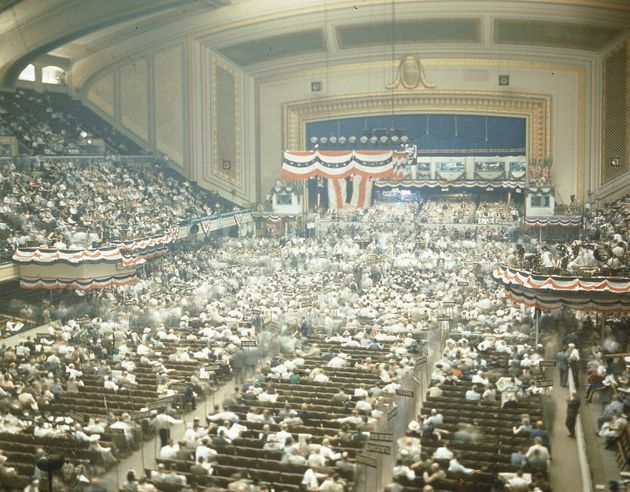
KEAN COLLECTION/GETTY IMAGES
1940 (Philadelphia): Wendell L. Willkie, who had never run for public office before, was a relatively unknown candidate just months before the convention. However, he gained momentum and secured the nomination on the sixth ballot.
1964 (San Francisco): The top nominees represented the divide in the party: Arizona Sen. Barry Goldwater led the conservative wing of the party, while New York Gov. Nelson Rockefeller pushed for a more progressive agenda. Rockefeller was booed by conservatives in the audience when he pushed for a platform against extremism. And after he won the nomination, Goldwater fired back in his acceptance speech, saying, “Extremism in the defense of liberty is no vice. And...moderation in the pursuit of justice is no virtue!”
1976 (Kansas City, Missouri): California Gov. Ronald Reagan challenged incumbent President Gerald Ford, who had never been elected vice president or president, for the nomination. Neither candidate had enough support to win the nomination on the first ballot. Reagan, in an attempt to lure liberals and centrists to his side, did something that hadn’t been done before. He announced his vice presidential running mate before the convention: liberal Pennsylvania Sen. Richard Schweiker. His campaign then proposed a rule change to require Ford to name his running mate in advance, too, in hopes that Ford’s choice would send more votes Reagan’s way. The rule change was rejected, and Ford narrowly won the nomination. Ford, however, invited Reagan to the podium, where his poetic speech wowed the crowd and was seen to usher in the new generation of the party.
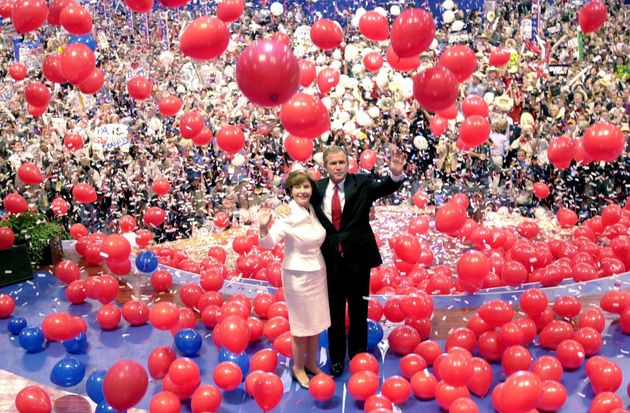
KAREN BLEIER/AFP VIA GETTY IMAGES
2000 (Philadelphia): The nomination of George W. Bush gave the nation a chance to have its second father-son presidential pair.
2008 (St. Paul, Minnesota): The first day of the convention was held as an abbreviated session because of the threat of Hurricane Gustav, which was expected to hit Louisiana. Once the convention proceeded, then-Alaska Gov. Sarah Palin became the second woman chosen for the presidential ticket of a major party.
2012 (Tampa, Florida): For the second consecutive GOP convention, a hurricane derailed the first day. The events were condensed into the remaining three days.
2016 (Cleveland): This year’s convention might be another memorable one.
